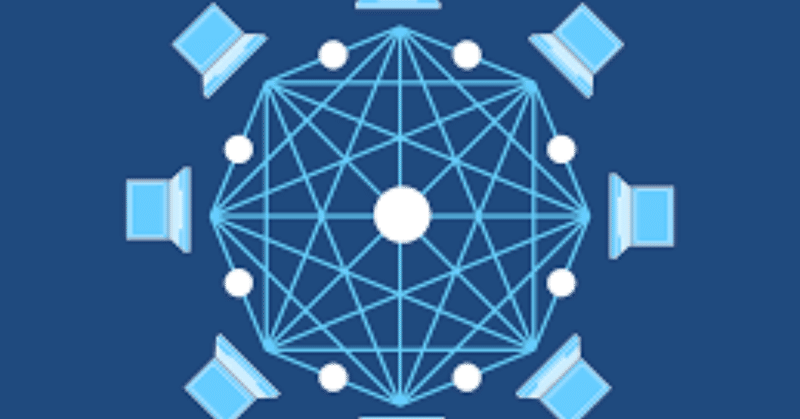
Potential connections between AI and blockchain
AI and blockchain. These two technologies have both been drawing attention as drivers of a variety of innovations. However, it is not so well-known what kind of synergy could potentially be made between AI and blockchain.
AI was identified as an important field of computer science back in 1956. Many applications and technologies have emerged since then. There have been many attempts to leverage it and many failures too over the past 60 years. However, recently AI applications have been steadily prevailing in various industries due to the popularization of deep learning. AI is being utilized for fraud detection, market prediction, drone delivery, cancer diagnosis and so on. We are seeing AI as a new infrastructure for society. We expect AI to continue to advance and to be put in use in other significant areas.
On the other hand, blockchain was invented in 2008 to serve as the public transaction ledger of the cryptocurrency bitcoin. It soon inspired other potential applications. Currently we consider it as "an open, distributed ledger that can record transactions between two parties efficiently and in a verifiable and permanent way" that can be used in trading, securities, manufacturing, agriculture and many other fields.
While each of them is spreading powerfully, you can now see some attempts to combine AI and blockchain in order to realize new value. Last year, for instance, JD.com, the Chinese e-commerce giant, established a Smart City Research Institute aimed at facilitating the development of “smart city” construction with the use of AI, big data and blockchain, so as to reduce industry costs and increase efficiency. They also launched a new accelerator, AI Catapult, to build new businesses and applications using AI and blockchain technology.
In other examples, Porsche is introducing various blockchain and AI solutions into its smart cars. AI Crypto, a Singapore-based company is trying to enhance blockchain with AI and apply it to other key industries. We are beginning to see these kind of innovative, combined approaches. Let’s take a look at the synergies between AI and blockchain.
1. Automated systems can be tracked using blockchain
AI is used everywhere and there will be huge systems consisting of many AIs. AI can replace a number of tasks with automated business application, and one AI can be connected to another AI via an API to form a larger system. The entire automation may be very complex and fast, and the series of processes could not be tracked by a human. However, in some applications such as accounting and healthcare, the process needs to be audited. As such, it requires transparency and flexibility. In which case, using blockchain to record the process of the AI step-by-step will enable the auditing and verification of the whole system effectively.
2. AI can enhance the security of blockchain
A blockchain is structured in blocks which record all transactions made. Each block records the cryptographic hash of the prior block in the chain. Blockchains are typically built to add the score of new blocks onto old blocks and are given incentives to extend with new blocks rather than overwrite old blocks. Therefore, the probability of an entry becoming superseded decreases exponentially as more blocks are built on top of it, eventually becoming very low. For example, bitcoin uses a proof-of-work system to validate new blocks, in which the chain with the most cumulative proof-of-work is validated by the network based on a proof that requires computer processing. However, the growth of a blockchain is accompanied by the risk of centralization because the computer resources required to process ever larger amounts of data become more expensive. In an attempt to solve this problem, blockchain developers came up with a new concept referred to as proof-of-stake. Proof-of-stake has the same goal that is, to validate transactions for creating new blocks. Whereas proof-of-work requires cumulative work, proof-of-stake enables block creators to be selected in a deterministic way based on their stake of token holdings. However, it is not a perfect system either. So, we can use AI here to enhance it.
Fraud detection is one major application of AI. And, scoring user credibility or trustworthiness is the other side of the same coin. This AI technology can optimize a balance of decentralization to remove the risks of monopoly by also considering the credibility of each block creator.
3. Blockchain can guarantee the right unbiased data for AI training and pave the new way for AI and big data
AI, especially machine learning and deep learning, call for huge amounts of data to train models. In some cases of AI application, you need big data from a myriad of sources across companies or countries for training and verification. However, that decentralized data has a risk of being contaminated with noisy, biased or wrong data, in particular, intentionally manipulated data. Blockchain can be used to create a database to realize the traceability of a distributed dataset in order to ensure the prediction and inference of AI are considered more correct, and the algorithms generated are more reliable.
In other words, it means you can create a global open-data network based on large sources of data to utilize truly big data for correctly training AI. Blockchain can address this challenge by introducing the concept of peer-to-peer connection. Since it is an openly distributed registry, the data becomes accessible to everyone on the network.
It is no doubt that AI and blockchain are going to play more important roles in society. Let’s ride the wave and try to use each of them as well as a combination of the two to their full potential.
この記事が気に入ったらサポートをしてみませんか?
